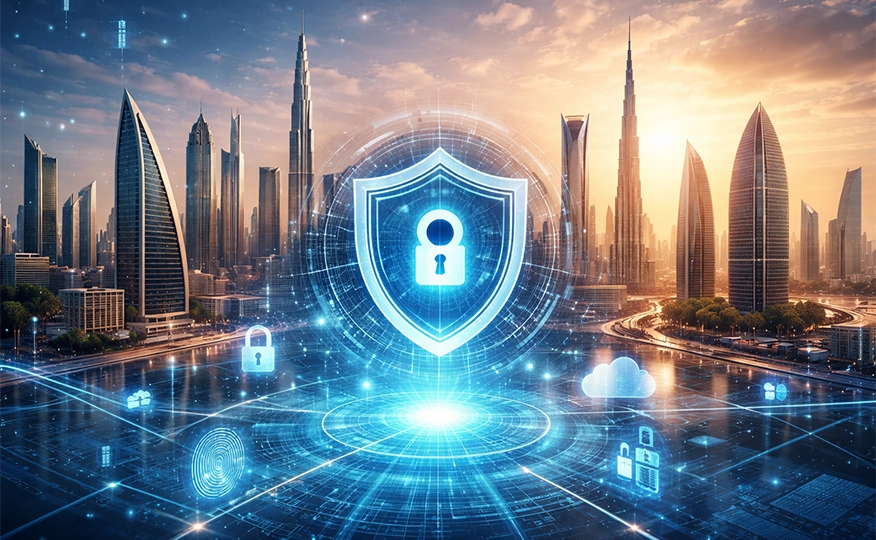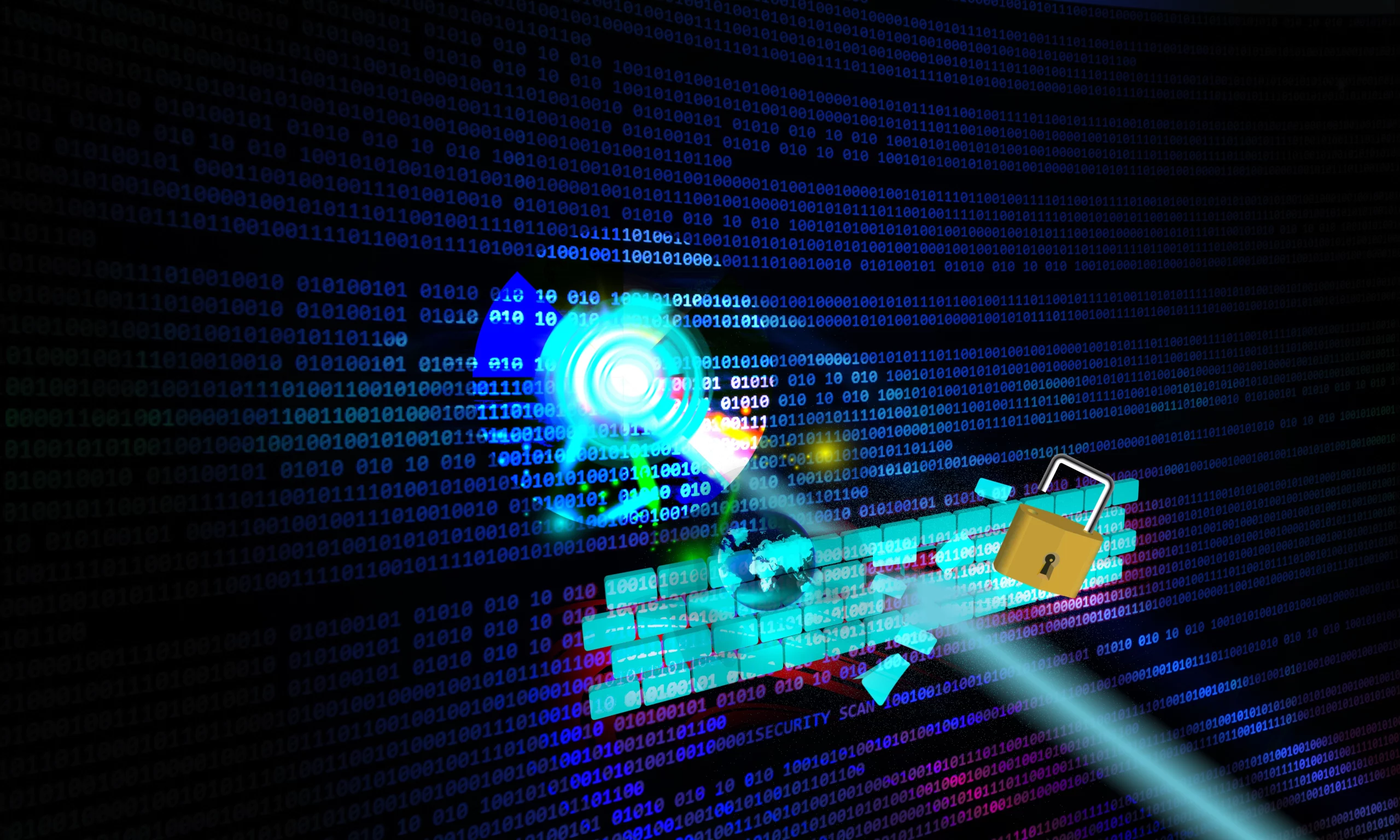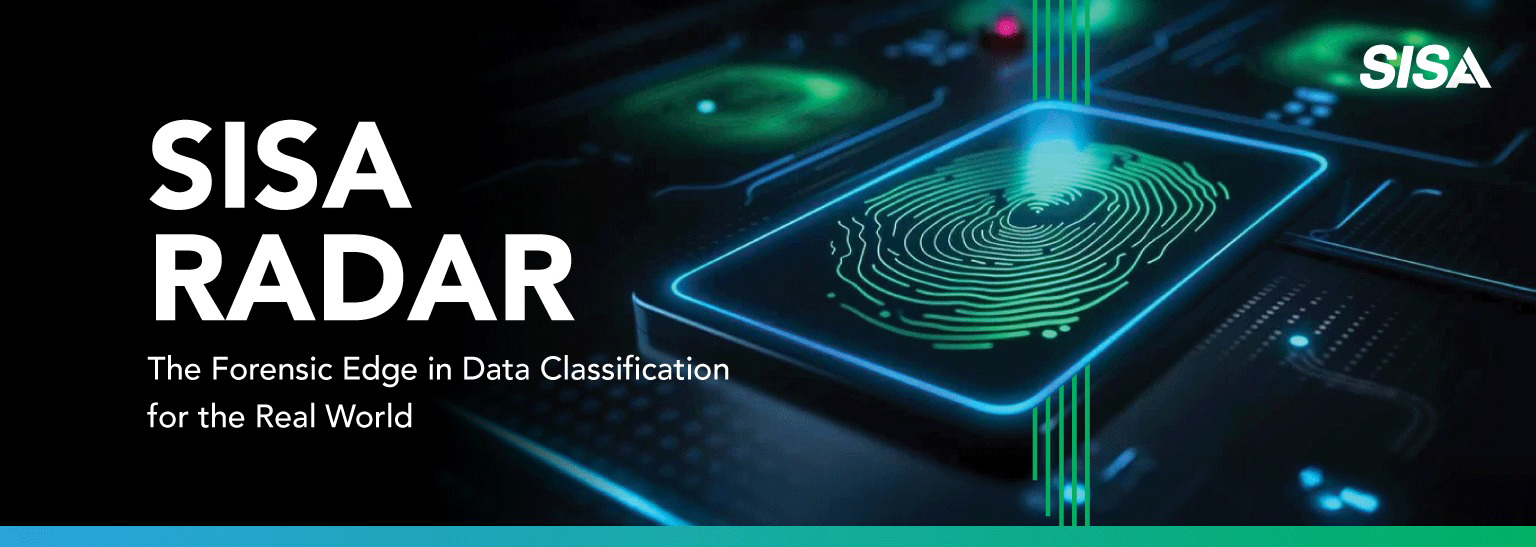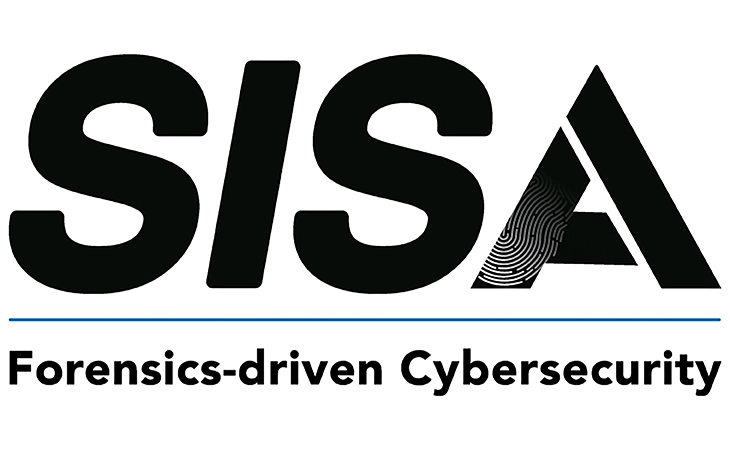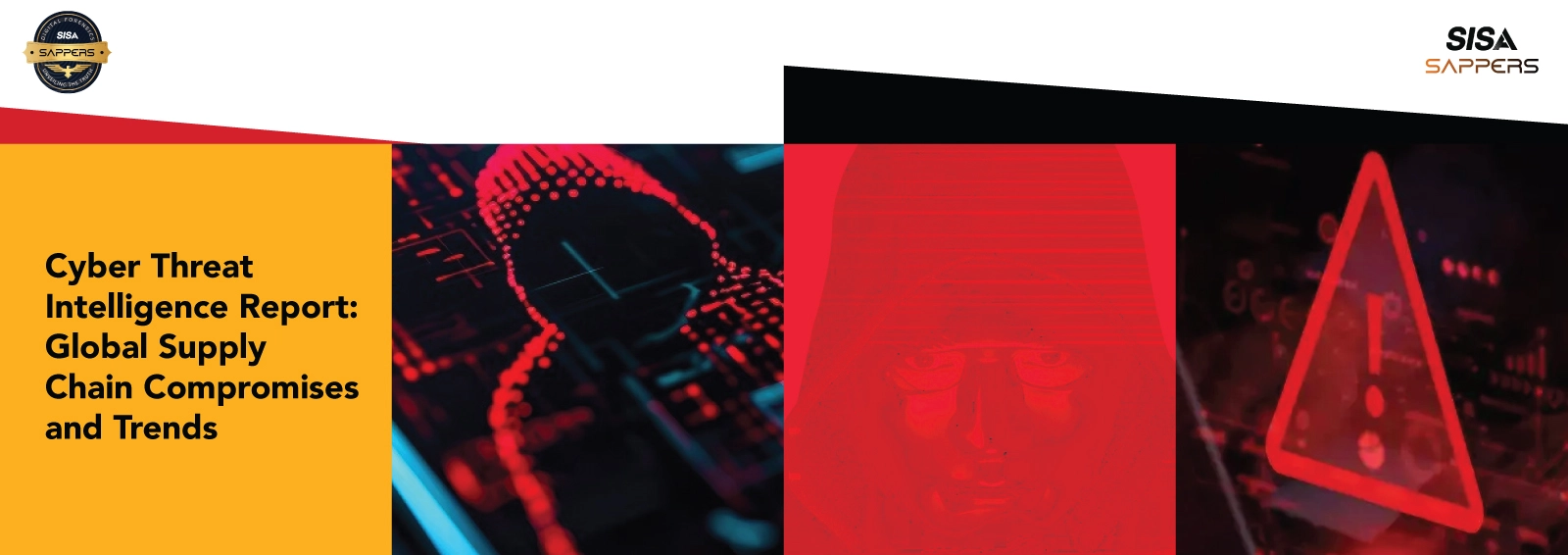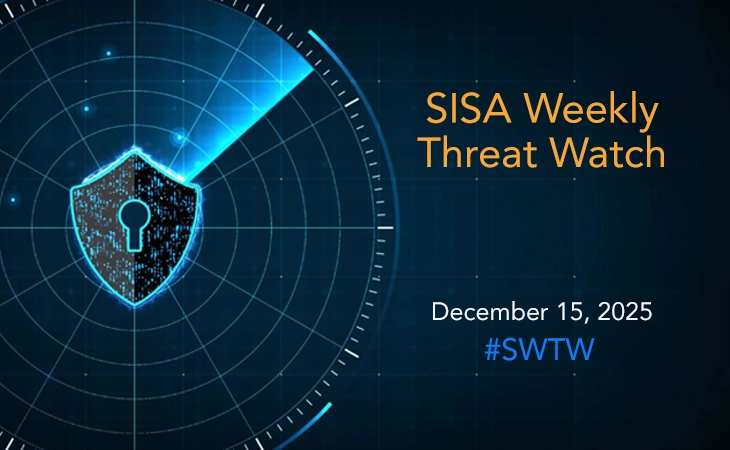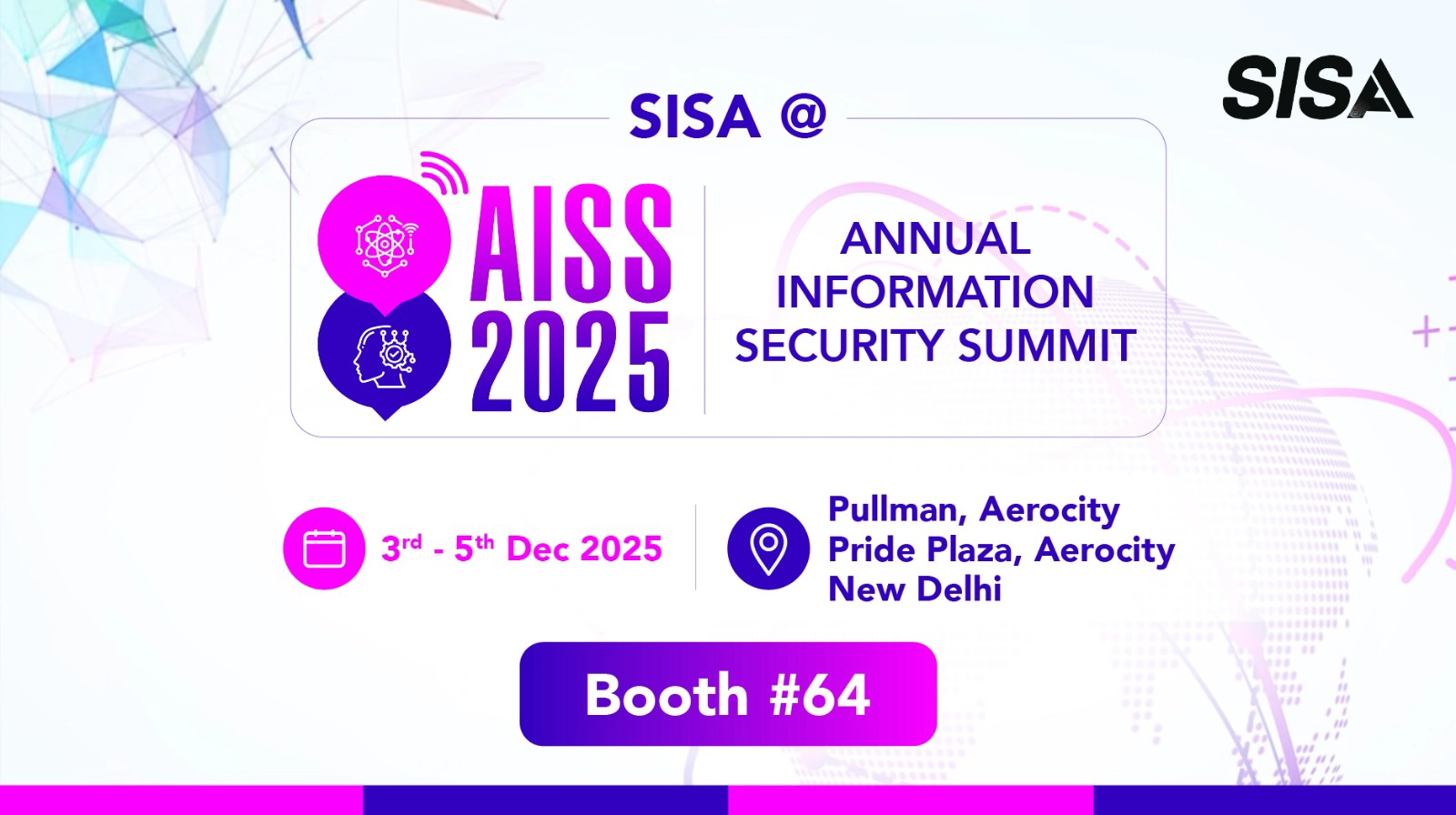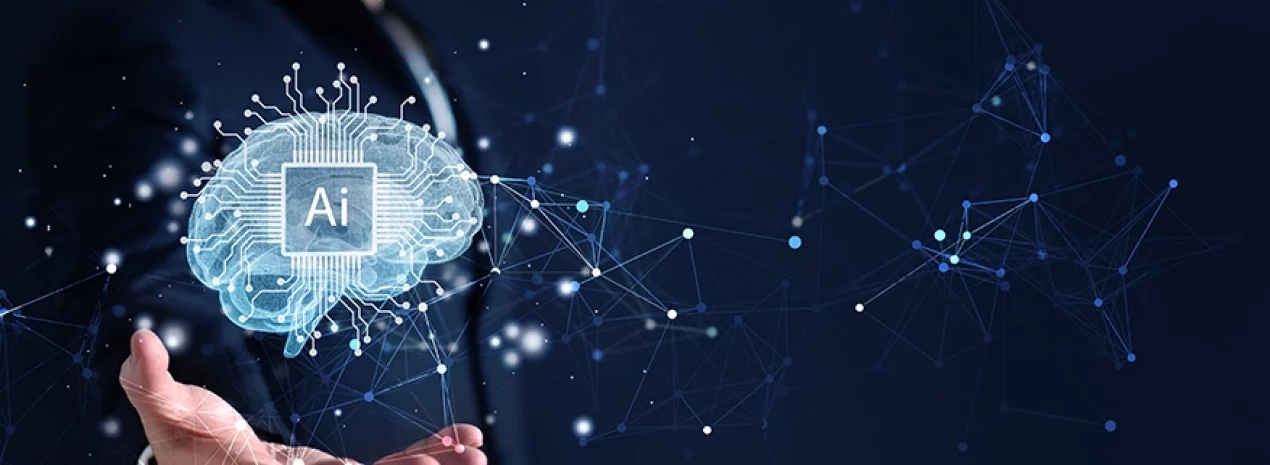
The Future of AI: Cybersecurity Implications & Best Practices
Artificial Intelligence is evolving at an unprecedented pace, transforming industries and reshaping the way we interact with technology. However, these advancements are a double-edged sword. While they enhance efficiency and automation, adversaries are also leveraging AI to evolve their attack strategies. In this blog, we explore the future of AI and how these breakthroughs impact cybersecurity and provide recommendations for staying secure.
1. Efficient AI Models: A Cybersecurity Threat & Opportunity
What’s New?
Tech giants like Google and Cohere have introduced smaller yet highly efficient AI models, such as Google’s Gemmaand Cohere’s Command A. These models deliver comparable performance to larger ones while using significantly fewer computational resources.
Cybersecurity Implications
- Adversarial Use: Cybercriminals can use lightweight AI models to automate phishing attacks, evade traditional security mechanisms, and conduct sophisticated social engineering campaigns.
- Defensive Strategies: Security teams can deploy efficient AI models for real-time anomaly detection and automated threat intelligence.
CSPAI Recommendations
- Invest in AI-driven cybersecurity tools for proactive defense.
- Enhance email security to counter AI-generated phishing attacks.
- Monitor AI usage within organizations to prevent misuse.
2. Hybrid Reasoning AI: Enhancing Attack Strategies
What’s New?
Anthropic’s Claude 3.7 introduces hybrid reasoning, allowing users to control how deeply the AI analyzes problems. It blends fast, instinctive responses with detailed step-by-step reasoning, offering greater flexibility.
Cybersecurity Implications
- Adversarial Use: Attackers could use hybrid reasoning AI to optimize their attacks, dynamically adjusting strategies in real time based on defensive responses.
- Defensive Strategies: Security teams can leverage this capability to predict attack pathways and automate decision-making in security operations.
CSPAI Recommendations
- Implement AI-driven deception technologies to mislead attackers.
- Use hybrid AI models for behavior-based threat detection.
- Ensure AI governance policies align with security protocols.
3. AI with Working Memory: Persistence in Cyber Attacks
What’s New?
Albert Gu’s Mamba introduces working memory into AI models, allowing them to retain and summarize previous interactions. This enhancement makes AI more responsive and efficient.
Cybersecurity Implications
- Adversarial Use: AI-powered malware could leverage working memory to adapt during an attack, persisting through security defenses.
- Defensive Strategies: Organizations can use AI with memory retention to improve incident response, learning from past attacks to refine defenses.
CSPAI Recommendations
- Develop AI-powered security models that track attacker patterns over time.
- Implement continuous authentication to detect unauthorized AI-driven activity.
- Ensure AI’s memory retention features do not store sensitive data insecurely.
4. Cost-Effective AI Development: Lower Barriers for Attackers
What’s New?
DeepSeek’s R1 model proves that high-quality AI can be developed with reduced costs and minimal human intervention. By leveraging reinforcement learning, DeepSeek’s approach automates feedback processes, cutting down expenses.
Cybersecurity Implications
- Adversarial Use: Lower costs make AI tools more accessible to cybercriminals, allowing them to deploy AI-driven cyberattacks at scale.
- Defensive Strategies: Organizations must prioritize AI security even in low-cost implementations to prevent unauthorized access.
CSPAI Recommendations
- Conduct red teaming exercises to identify vulnerabilities in AI-driven defenses.
- Implement strict access control for AI-powered security tools.
- Foster collaboration between regulators and enterprises to create AI risk mitigation frameworks.
5. Specialized Large Language Models (LLMs): AI-Powered Cyber Threats
What’s New?
Companies like Foxconn are developing domain-specific LLMs like FoxBrain, optimized for applications in manufacturing and supply chain management.
Cybersecurity Implications
- Adversarial Use: Attackers can develop industry-specific LLMs to generate highly targeted cyberattacks, including deepfake-based fraud.
- Defensive Strategies: Organizations should train industry-focused AI models to detect sector-specific threats.
CSPAI Recommendations
- Deploy AI-driven fraud detection systems in financial and enterprise sectors.
- Educate employees on AI-generated threats, including deepfake scams.
- Implement AI monitoring tools that track adversarial AI use in real-time.
6. Autonomous AI Agents: The Next Cybersecurity Battlefield
What’s New?
Chinese startup Monica has launched Manus, a fully autonomous AI agent capable of handling complex tasks independently. From sorting résumés to analyzing stock trends and building websites, Manus represents a major leap in AI autonomy.
Cybersecurity Implications
- Adversarial Use: Autonomous AI could execute cyberattacks without human intervention, making attacks more unpredictable and scalable.
- Defensive Strategies: AI-driven security automation can counteract AI-based threats, enhancing predictive cybersecurity measures.
CSPAI Recommendations
- Develop autonomous AI-driven security operations centers (SOC).
- Implement zero-trust AI architectures to prevent AI-driven attacks.
- Collaborate with regulators to establish ethical guidelines for autonomous AI deployment.
The Role of Regulators in AI Cybersecurity
Regulators play a critical role in shaping AI policies to mitigate cybersecurity risks. Governments and industry leaders must:
- Establish AI governance frameworks to prevent adversarial AI misuse.
- Enforce cybersecurity standards for AI-powered systems.
- Promote international collaboration to address AI-related threats globally.
Final Thoughts: Securing the AI-Powered Future
The future of AI marks a significant turning point in development, making models more efficient, cost-effective, and industry-specific. However, as AI becomes more powerful, so do the threats. Organizations must stay ahead by implementing AI-driven cybersecurity measures and fostering collaboration between regulators and enterprises.
Stay Secure with CSPAI!
Cyber threats are evolving, but so are our defenses. Join CSPAI for expert insights, strategic recommendations, and cutting-edge solutions to safeguard your organization from AI-driven cyber risks. Let’s build a secure AI-powered future together!
Latest
Blogs
Whitepapers
Monthly Threat Brief
Customer Success Stories
 USA
USA India
India APAC
APAC Middle East
Middle East Global
Global


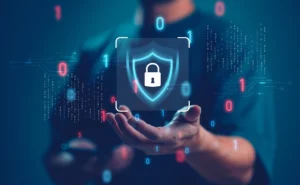



 Facebook
Facebook Linkedin
Linkedin  X
X Youtube
Youtube
